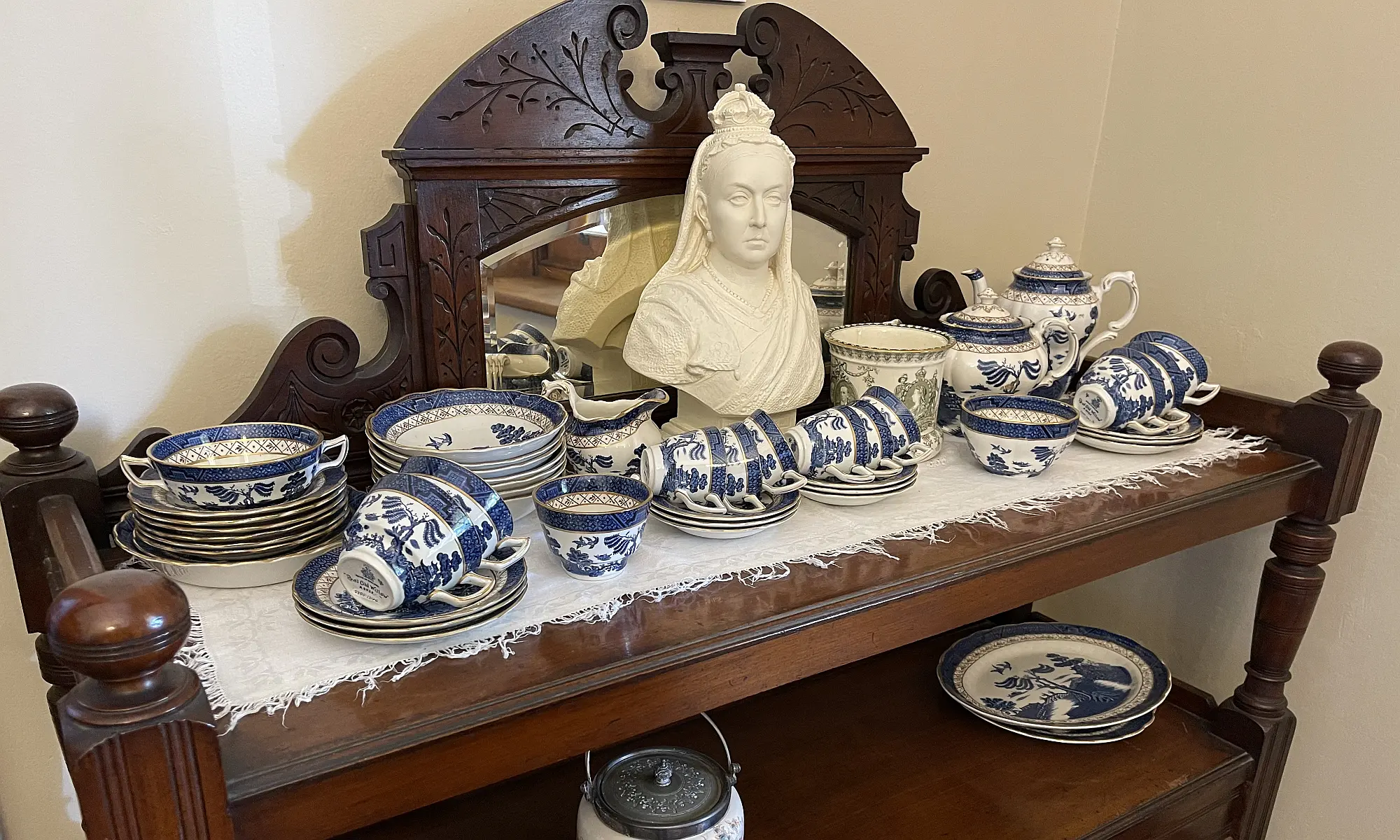Reviewed by Laurice Bondfield Strictly speaking this is not a history book. It is more a meditation on what makes Sydney unique; one of a series in which “leading Australian authors write about their hometowns”. Nevertheless for history buffs there are many delights to be found in its pages. Chapters titled “Ghosting”, “Dreaming”, “Living” and …
Continue reading “Book Review: Sydney by Delia Falconer, UNSW Press 2010 (293 pages)”

